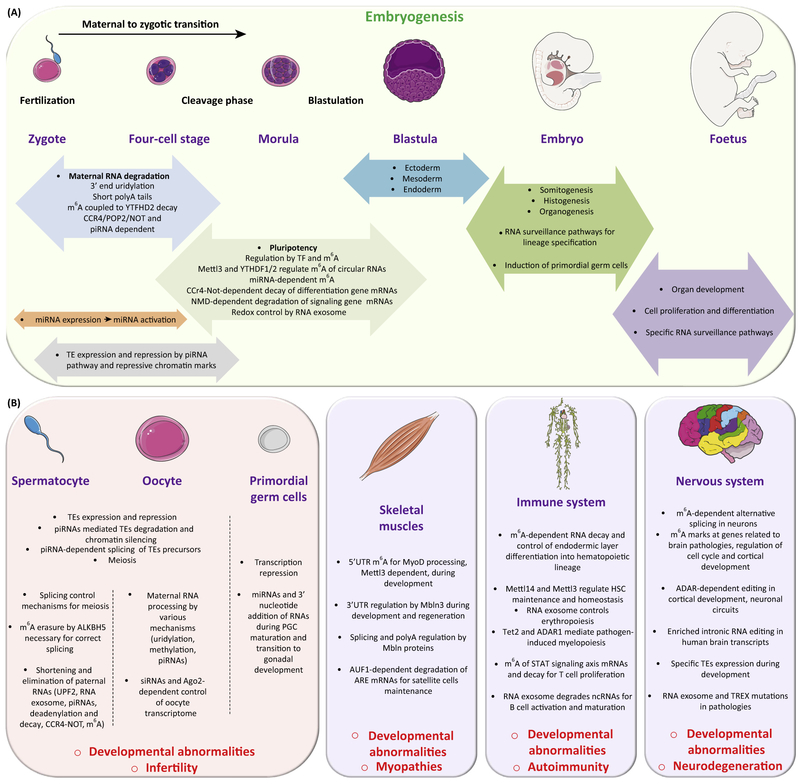Figure 2. Organism Development and Critical Points of RNA Surveillance.
Overview of RNA-associated events governing organism development. RNA processing and surveillance orchestrate physiological development, from fertilization to tissue and organ maturation. (A) Main steps of embryogenesis and RNA surveillance events. These examples illustrate how RNA surveillance contributes to physiological functions in developing organisms. (B) Different mechanisms of RNA surveillance regulate the development of germ cells, the nervous and immune systems, and skeletal muscles. Defects in these functions lead to developmental abnormalities and associated pathologies. Abbreviations: PGC, primordial germ cell; TE, transposable element; TF, transcription factor. For additional definitions, please see the main text.

